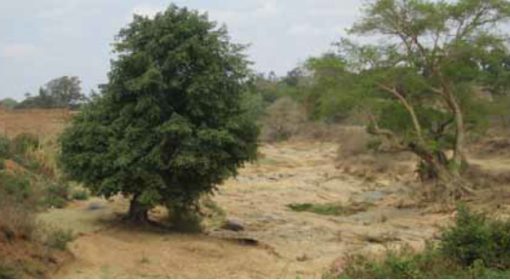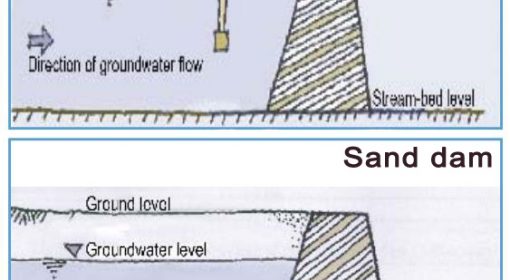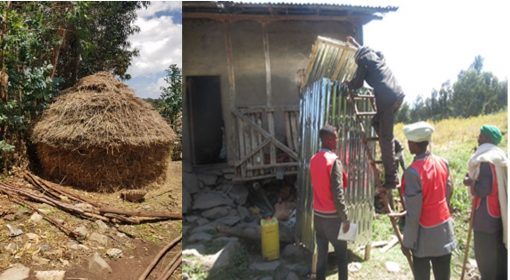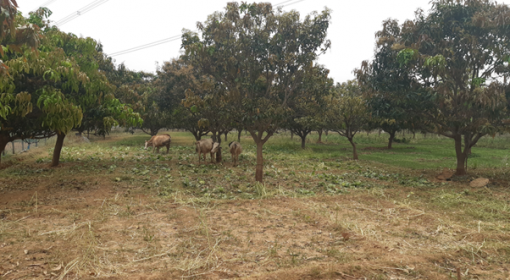By Frank van Steenbergen
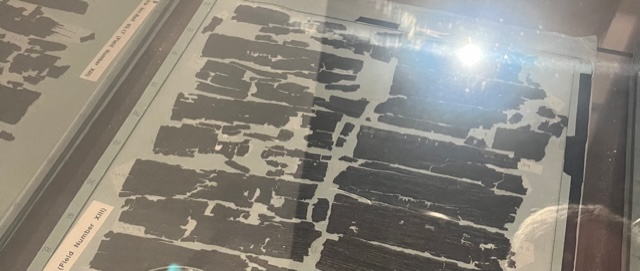
The Nabateans are well known for the marvelous city of Petra (now in Jordan), hewn from the rock, flourishing from 1st Century BC till the 6th Century AD, a cosmopolis at the edge of the desert.
Their wealth came from the trade through the deserts of the Middle East. The unique Nabatean strength was that they knew how to collect water in the desert as no one else. They would capture run-off, feed canals from rock catchments, eventually leading to a system of underground cisterns and dug wells., They would create water storages throughout the desert at regular intervals. They would subsequently cover and hide these, leaving markers only known to them. It uniquely positioned the Nabateans to navigate the vast arid territories.
The secret to the success was the coating of the reservoirs with a special cement plaster made from a mixture of lime, fine silica sand and water, ensuring the storages to be leak-proof. Not only did they hide their desert reservoirs from competitors, but they also kept the knowledge on the water-proof mortar from others. And so, they retained their monopoly on the mercantile routes. Moreover, when attacked, Nabateans could withdraw to remote desert hide-outs, which their enemies could not reach, as they would die from thirst.
The Nabateans were also masters in administration. They had an effective system, with deeds and court decisions carefully recorded and archived. In the 1950s the so-called Petra Scrolls were discovered. They consisted of charred papyrus documents, preserved in a protective crust and layers and layers of sand and soil. It is with an immense labor of love, that defines skill, attention to detail and love for the past, that these fragile papers were restored.
In the Jordan Museum some of the documents can be seen. They date from the 574 and were written in the Nabatean town of Kastron Zadatha/Sadaqa. They preserve the dispute between two neighbors, Theodoros, son of Obodianos and Stephanos, son of Leontios for posteriority. These two neighbors had a number of conflicts, which were discussed in detail and decided upon in the end by two arbitrators. One of their issues concerned roof top water harvesting in their common compound. This water was collected in a common cistern. Yet Stephanos had built an extension to the spout from his roof bypassing the common pool.
From the Book of Rain
